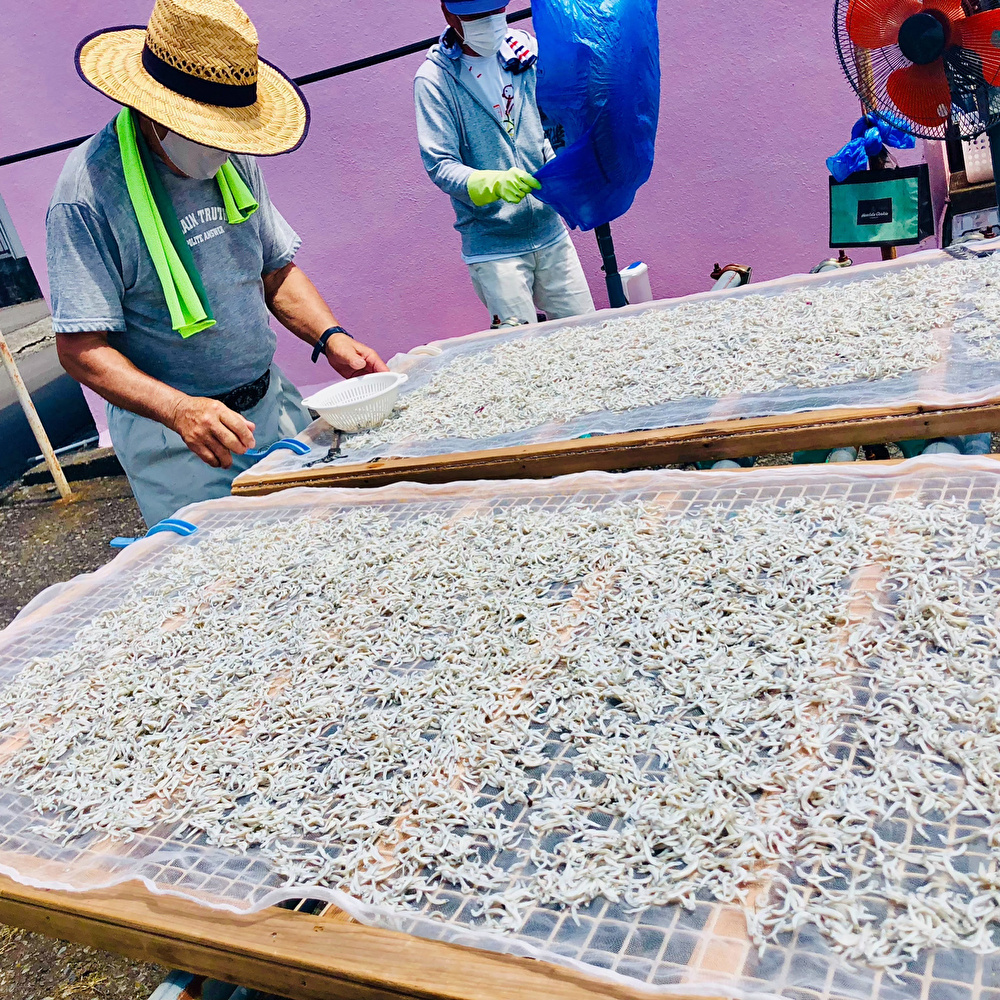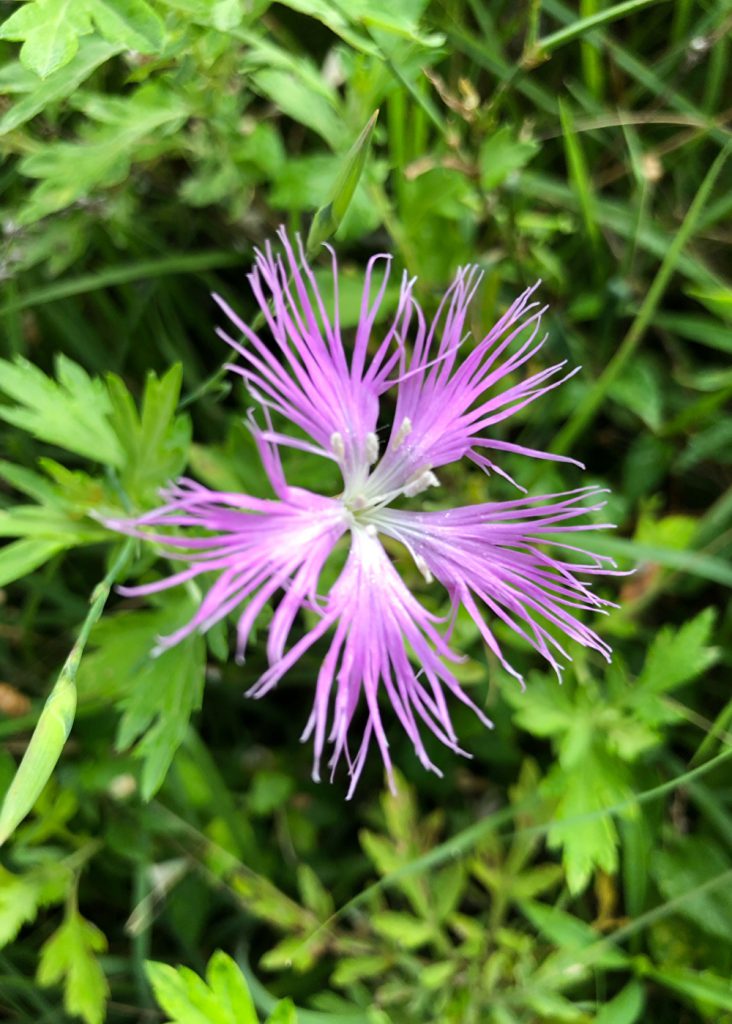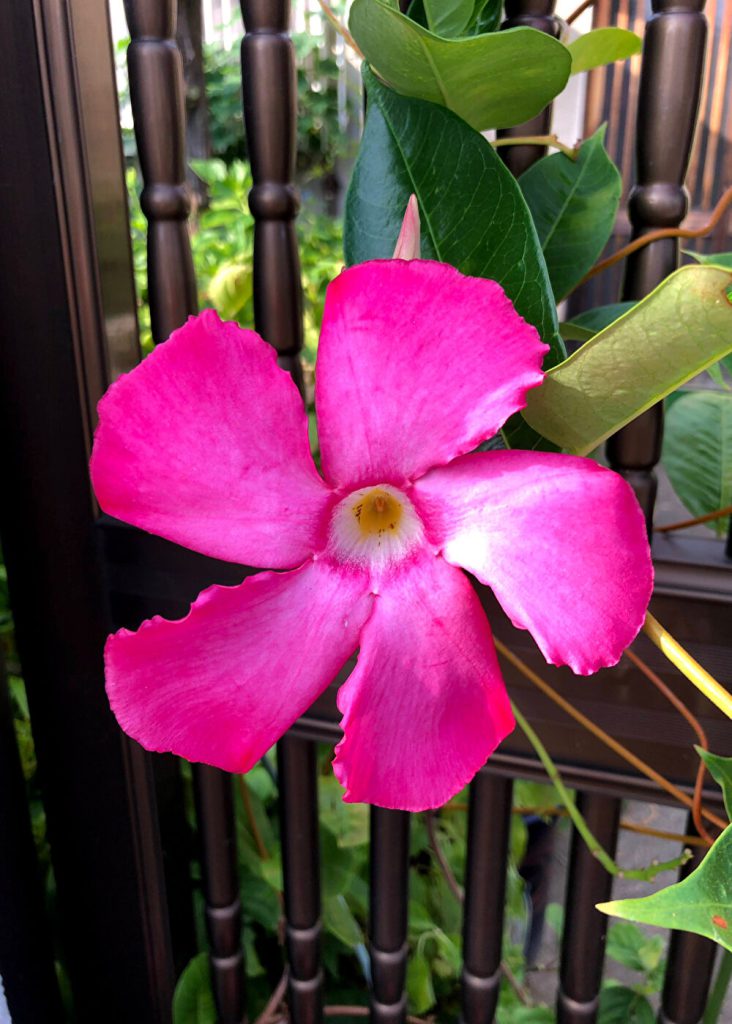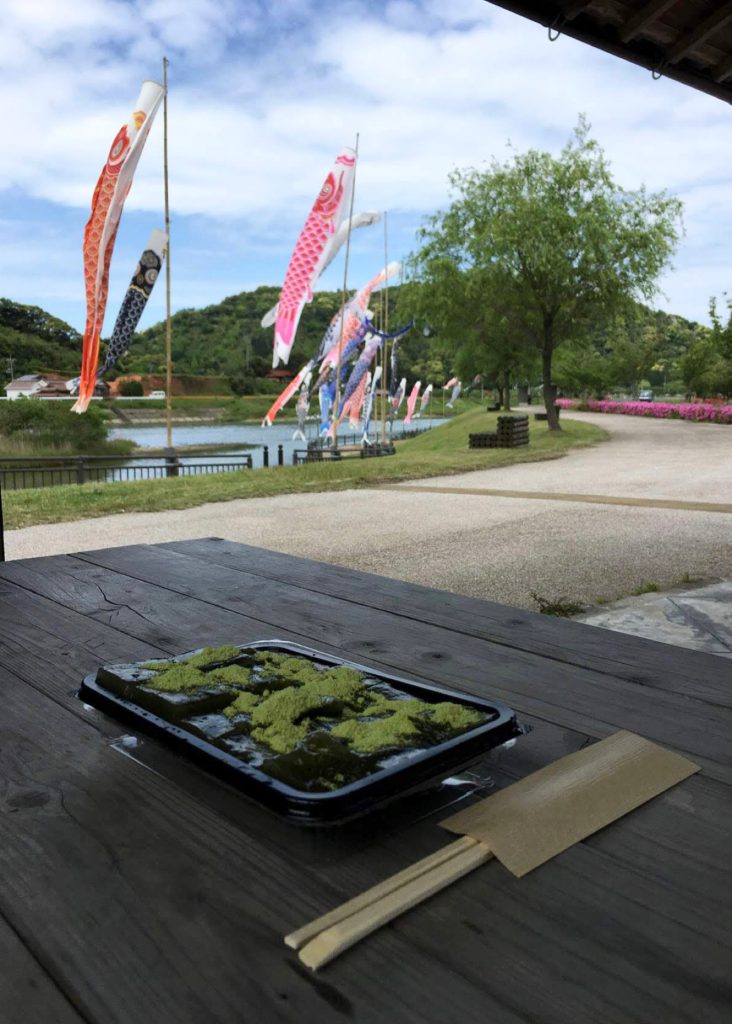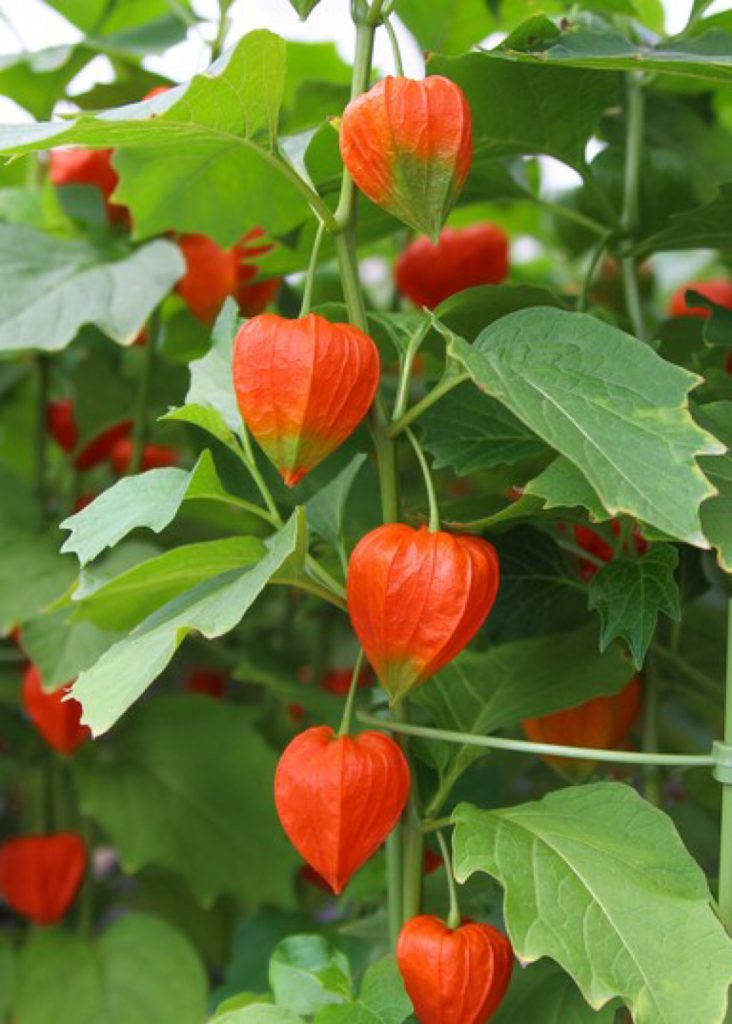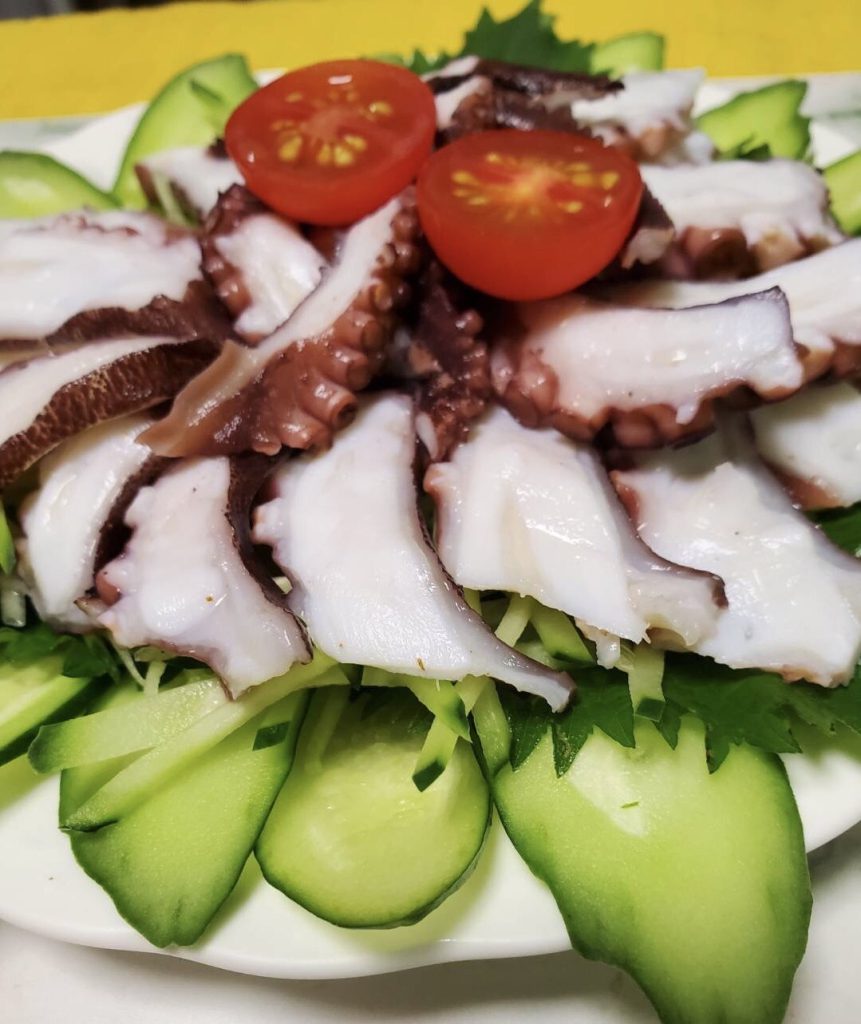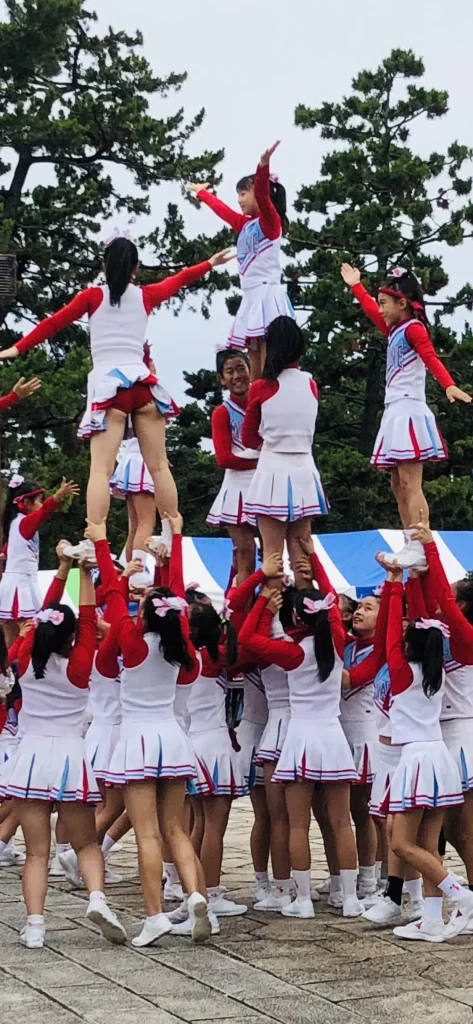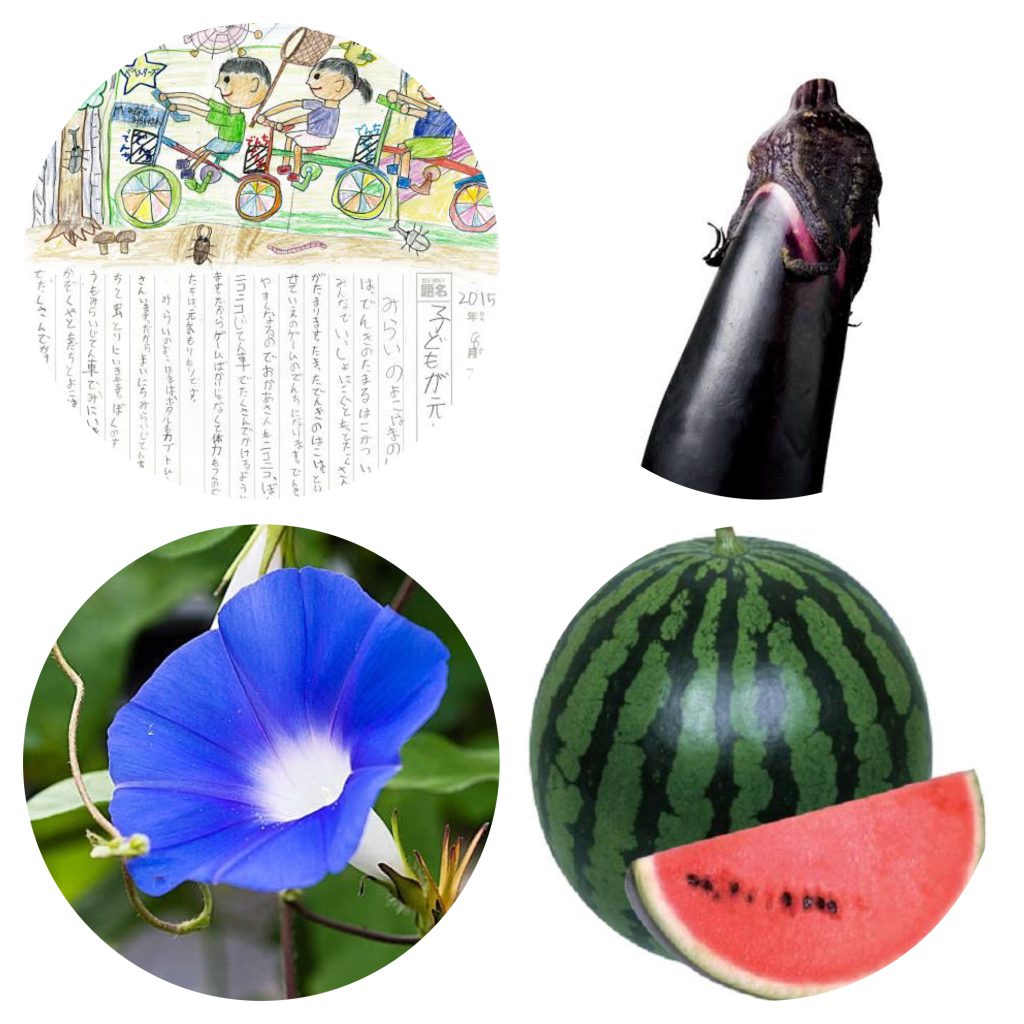
♭♯♭ 夏休み ♭♯♭
Takuro Yoshida’s “Summer Vacation” is a masterpiece that I will want to listen to no matter how many dozens of ages this time of year. Because it reminds me nostalgically of my childhood summer vacations. In it, there is a passage called “Summer vacation with a picture diary”, and when I come here, I always remember the picture diary I used to keep. I likes to draw, so it’s like I kept a picture diary. I tried to get the color of watermelon, the color of eggplant, the color of morning glory, etc., but no matter how I mixed the creon, I couldn’t get the colors I wanted. I gave up on that day because my teeth were itchy, and tried again the next day. In the meantime, summer vacation ended. The same goes for next year’s summer vacation. After all, the summer vacation of my elementary school days came to an end without my being able to get the color I wanted. Even now, I sometimes dream about those days.
吉田拓郎の『夏休み』は、この時期、幾つ何十になっても聞きたくなる名曲です。子供時代の夏休みが懐かしく思い出せるからです。その中に「絵日記つけてた夏休み」という一節がありますが、ここにくると、いつも自分がつけていた絵日記のことを思い出します。絵を描くのが好きで、絵日記をつけていたようなものです。西瓜の色、茄子の色、朝顔の色、クレオンの色をどう混ぜ合わせてもそれらの色が思うように出せません。歯痒くて、その日は諦め、次の日もまた挑戦です。そうしている内に夏休みが終わります。翌年の夏休みも同じです。とうとう思いの色が出せずじまいで小学校時代の夏休みは終わりました。今でも時々その頃のことが夢にでます。

